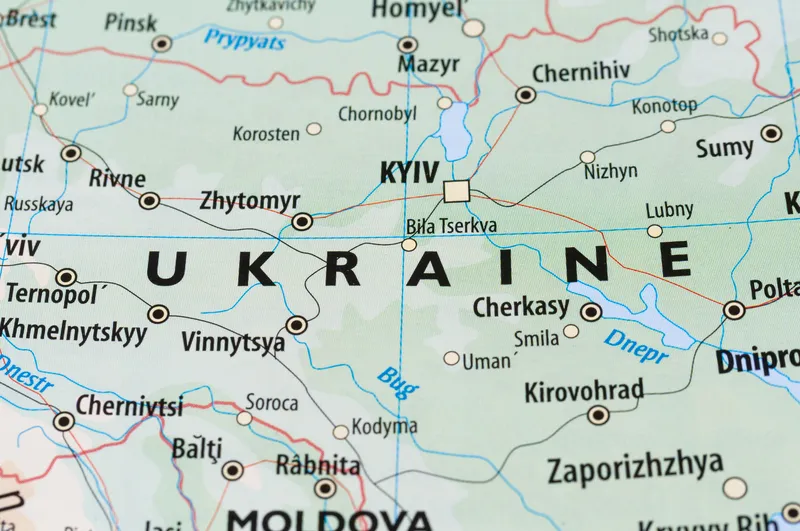
Trimble and Kyivstar are partnering to provide GNSS correction services for the construction industry in Ukraine.
Kyivstar is Ukraine’s largest telecommunications company and is partnering with Trimble to install a new continuously operating reference station (CORS) network. This will provide GNSS correction services across the country. Available to users as an annual subscription service, the new network will be built using Trimble’s hardware and software positioning technology, which provides customers with high accuracy real-time or post-processed GNSS corrections data for constructional operations.
"We understand how important it is to invest in Ukraine's economy right now, which is why we continue to launch technological solutions that will help businesses work even more efficiently," said Illya Polshakov, new business development director of Kyivstar. “I am sure that the RTK correction signal service will facilitate the work of our customers from various industries."
As part of a revenue-sharing model with Kyivstar, the network will be installed on Kyivstar’s communication towers and will use Trimble Alloy reference receivers and Trimble Zephyr model 3 antennas. Trimble Alloy delivers current and near-future constellation GNSS tracking, absolute positioning capabilities and user-friendly design. The Zephyr 3 antenna’s capabilities provide optimal functionality in permanent installations. The network will also leverage the Trimble Pivot Platform software, a solution that manages CORS stations and generates highly accurate GNSS corrections to provide the network operator and end users with an efficient workflow.
The first phase of the installation will include 41 communication towers and is expected to be completed by the end of this year. The second phase will consist of 150 additional towers and is expected to be completed in 2024. Subscriptions to the service will be available through Kyivstar. Trimble’s local geospatial distributor KMC. will provide maintenance and support to Kyivstar.








